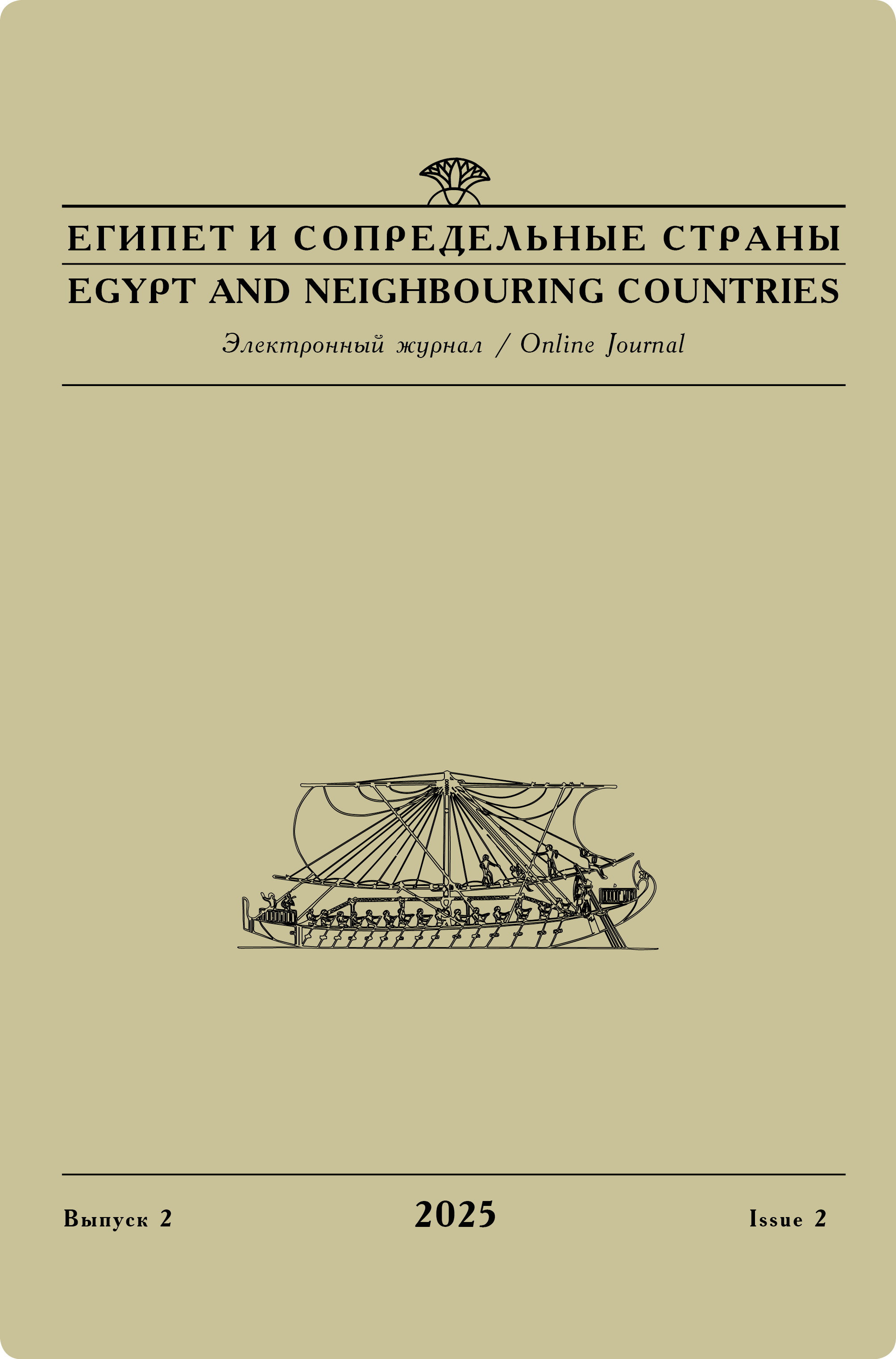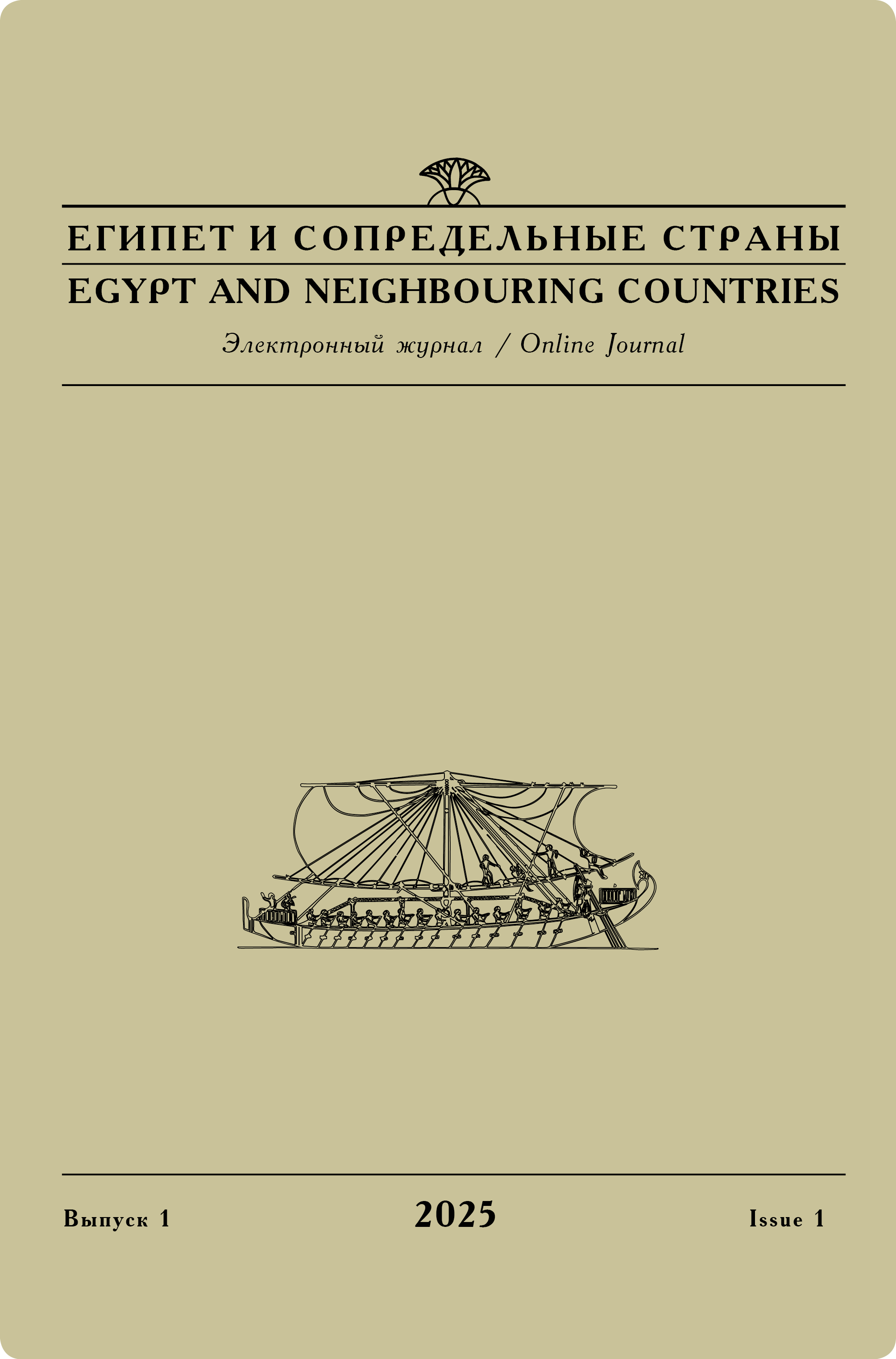Issue 4, 2024
R. A. Orekhov
O nekotorykh normakh seksual'nogo povedeniia v Drevnem Egipte: novoe prochtenie tridtsat' vtoroi maksimy poucheniia Ptakhkhotepa [On Some Norms of Sexual Behavior in Ancient Egypt: A New Reading of the Thirty-Second Maxim of Ptahhotep's Teaching]
The topic of non-traditional sexual relations in ancient Egyptian culture has become widespread in foreign historiography after the publication of the famous literary and mythological work "The Contendings of Horus and Seth" by A. Gardiner (Pap. Chester Beatty I, 11.3–11.4). At the same time, the problem of the attitude of Egyptian society to this phenomenon is still waiting for its resolution. Due to current absence of monuments of Egyptian legislation regulating norms of public morality, it is extremely difficult to resolve it. In this regard, the author of the article once again turns to a literary work of Egyptian didactics — "The Teaching of Ptahhotep", which allows us making some observations about an attitude of the Egyptian elite of the middle and the end of the 3rd millennium BC to homosexuality. The study focuses on the famous 32nd maxims. To clarify its meaning, the author suggests interpreting such concepts as xsfwt, mw and HAtj from the point of view of the anatomical and physiological concepts of the Egyptians, which are based on the principle of maat.
Keywords:
Homosexuality in Ancient Egypt, the Teachings of Ptahhotep, the 32nd maxim.
Original language — Russian.
DOI: 10.24412/2686-9276-2024-00015.
Referring: Orekhov R. А. On Some Norms of Sexual Behavior in Ancient Egypt: A New Reading of the Thirty-Second Maxim of Ptahhotep's Teaching [in Russian] // Egypt and Neighbouring Countries 4 (2024): 32–43. DOI: 10.24412/2686-9276-2024-00015.
Read full article




